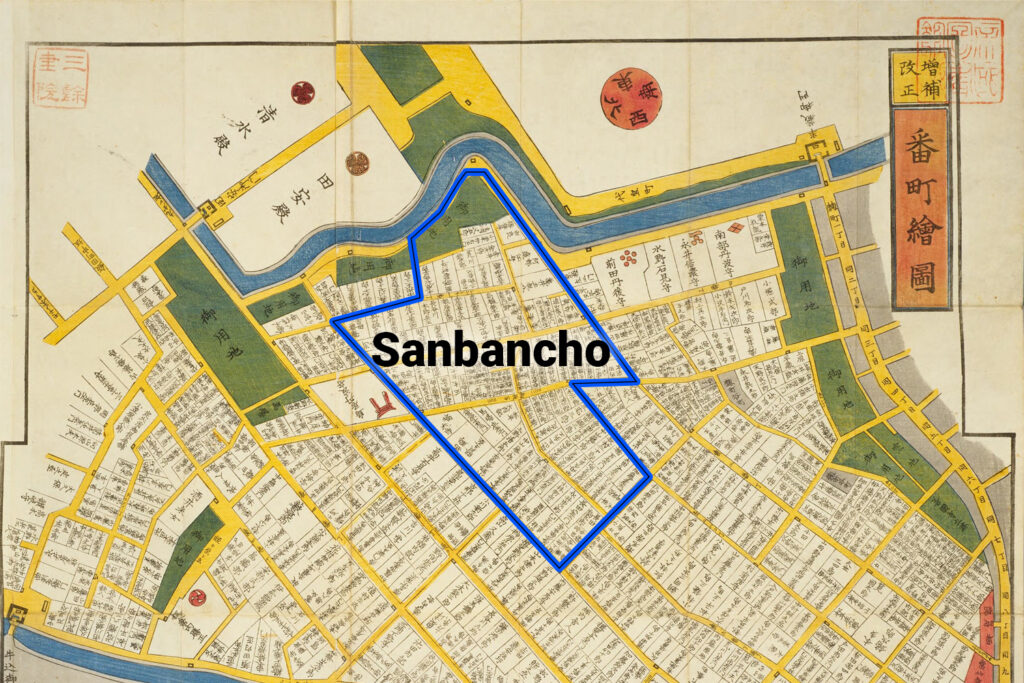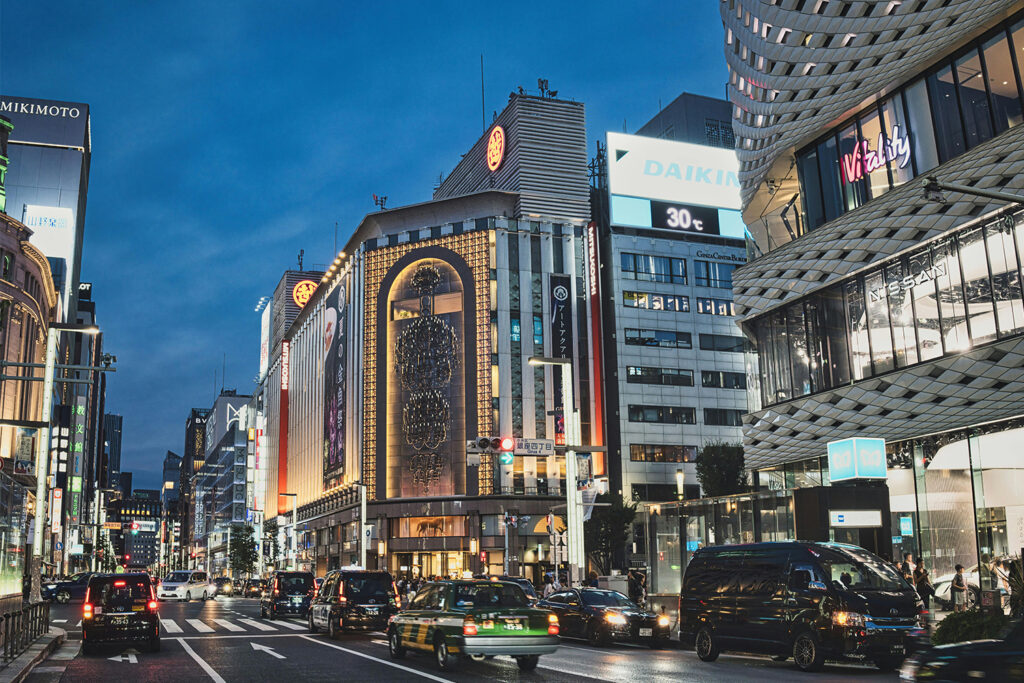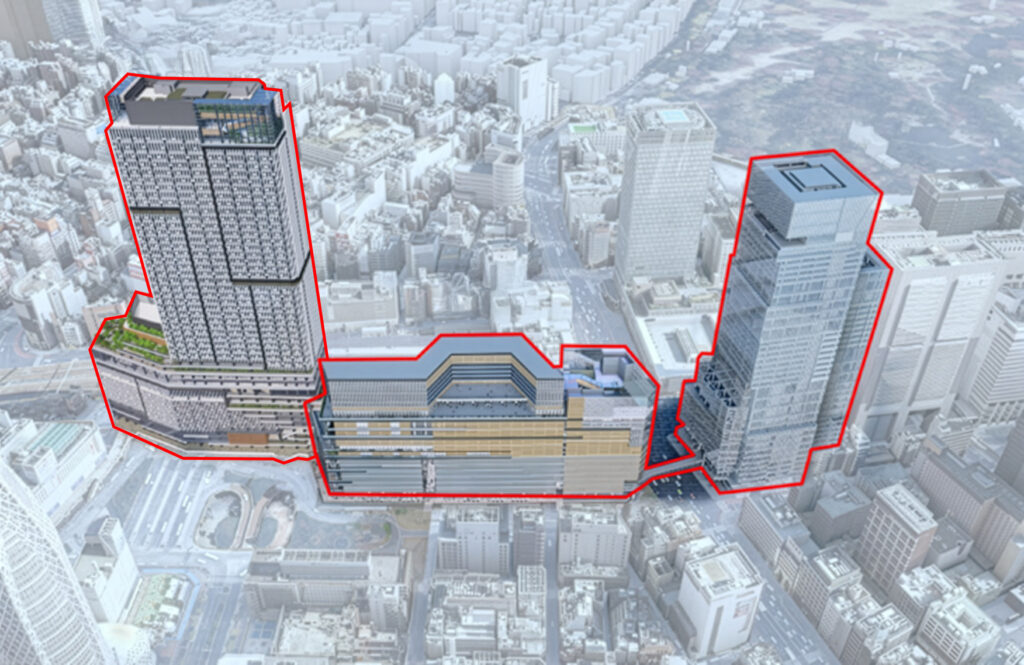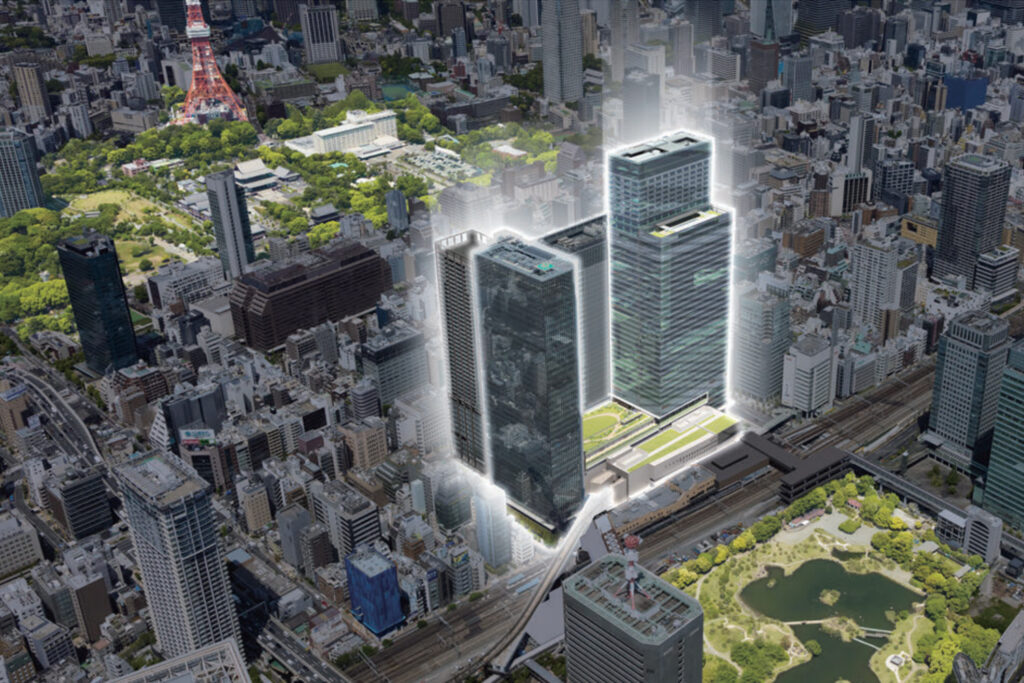
Hamamatsucho is changing fast. What was once mainly a business district with good transport links is becoming one of Tokyo’s most exciting mixed-use neighborhoods. With massive towers going up, luxury hotels opening soon, and better connections to the rest of the city, this area between Shinagawa and Tokyo Station is worth watching closely.
The transformation isn’t just about new buildings. It’s about creating a whole new way of living and working in Tokyo. From the rebuilt World Trade Center to the impressive BLUE FRONT SHIBAURA project, these developments are bringing together offices, homes, hotels, and shops in ways that make daily life more convenient and enjoyable.
The Scale of Change
The numbers tell the story. Over the next few years, Hamamatsucho will add hundreds of thousands of square meters of new space. The area already handles millions of commuters each year thanks to its monorail link to Haneda Airport. Now, it’s becoming a destination in its own right.
Three major projects are driving this change. Each one brings something different to the area, but together they’re creating a neighborhood that works for everyone – from international business travelers to families looking for their next home.
World Trade Center: Rising from the Past
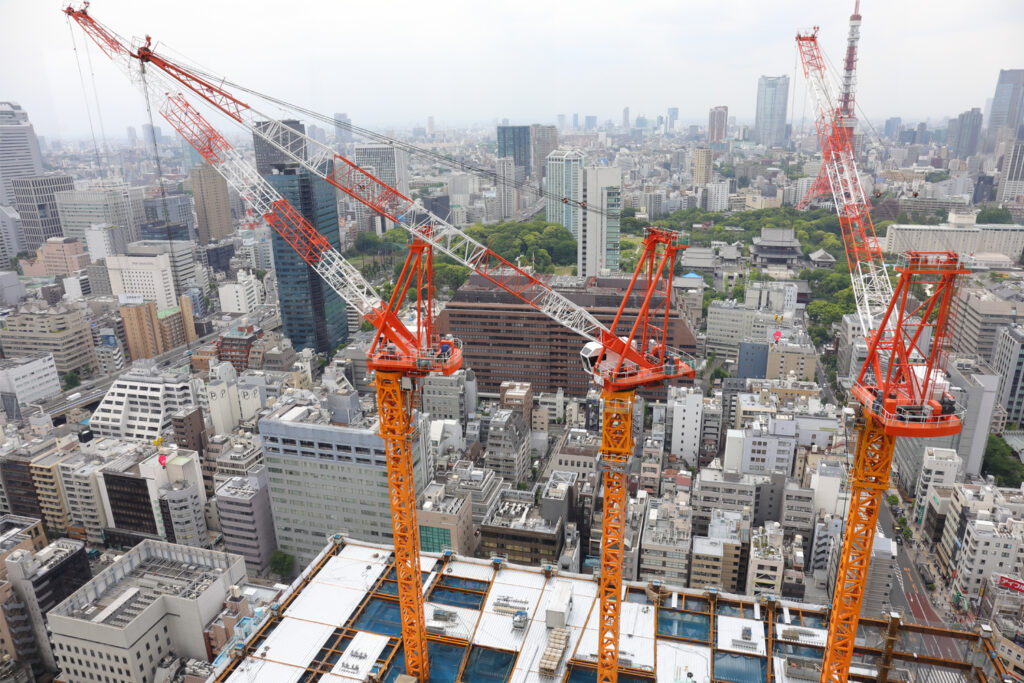
The original World Trade Center Building closed in 2021 after decades of service. In its place, something much bigger is taking shape. The new complex will reach 235 meters into the sky, making it one of the tallest buildings in the area.
The South Wing opened in 2021, but the real excitement comes with the Main Wing and Terminal, set to complete by 2027. This isn’t just another office building. The upper floors will house Raffles Tokyo, bringing one of the world’s most famous luxury hotel brands to Japan for the first time. With 130 rooms spread across the top 10 floors, guests will have views that stretch across Tokyo Bay and beyond.
Below the hotel, you’ll find offices designed for modern work styles. A multilingual medical center on the 5th floor will serve both locals and international visitors. The 2nd floor will feature digital experience facilities that showcase Tokyo’s tech-forward culture. At street level, shops and restaurants will create a lively atmosphere day and night.
The building’s location couldn’t be better. It sits right where the Tokyo Monorail meets JR lines, making trips to Haneda Airport quick and easy. For business travelers, this means less time commuting and more time getting things done.
World Tower Residence: Living at the Heart of Change
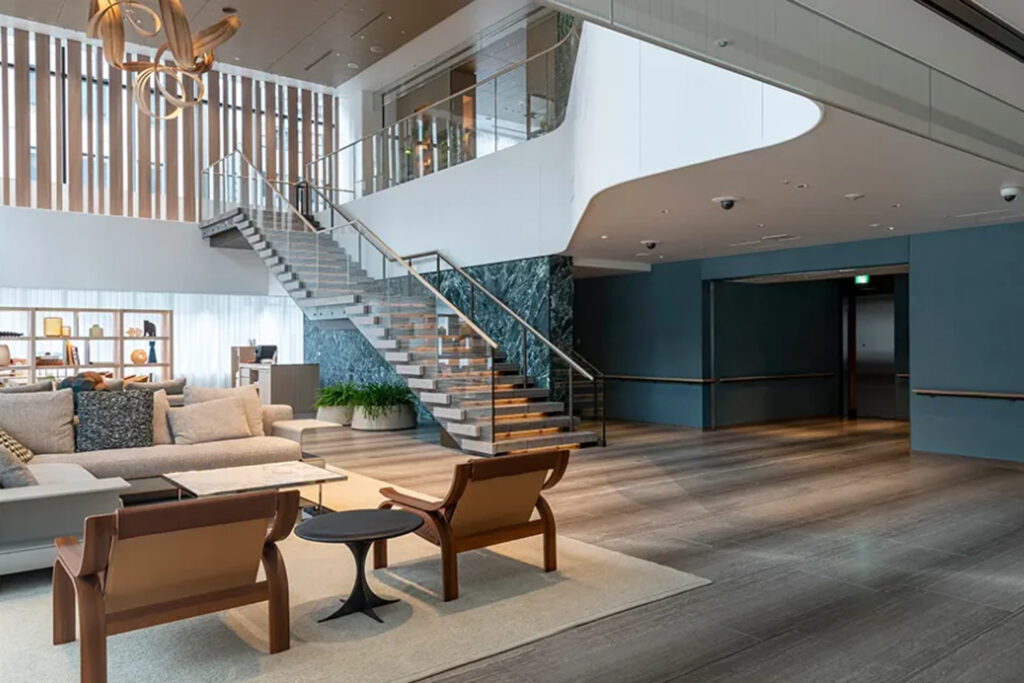
Part of this transformation includes World Tower Residence, a 46-story residential tower that opened in 2024. With 389 units directly connected to Hamamatsucho Station – just a 2-minute walk – this building shows what modern Tokyo living looks like.
The residence offers real choice in living spaces. Smaller 1LDK units around 40 square meters work perfectly for young professionals or couples. Larger 3LDK units up to 148 square meters give families room to grow. Every layout maximizes space and light, making the most of the tower’s impressive height.
What sets World Tower Residence apart is its amenity package. The café lounge provides a comfortable workspace or meeting spot. The party room and bar make entertaining easy without cramming guests into your apartment. A fitness room means no gym membership needed, while the golf lounge offers practice space for enthusiasts. These shared spaces extend your living area beyond your unit’s walls.
The location balances city energy with breathing room. Kyu Shiba Rikyu Garden and Shiba Park sit nearby, offering green spaces for morning runs or weekend picnics. As the area’s redevelopment continues, new shops and restaurants keep opening within walking distance.
For buyers looking at Hamamatsucho, World Tower Residence represents an opportunity to move in now rather than waiting for future projects. Housing Japan currently has units available in this building, offering a chance to experience the area’s transformation firsthand while enjoying modern amenities and unbeatable transport access.
BLUE FRONT SHIBAURA: Twin Towers Transform the Waterfront
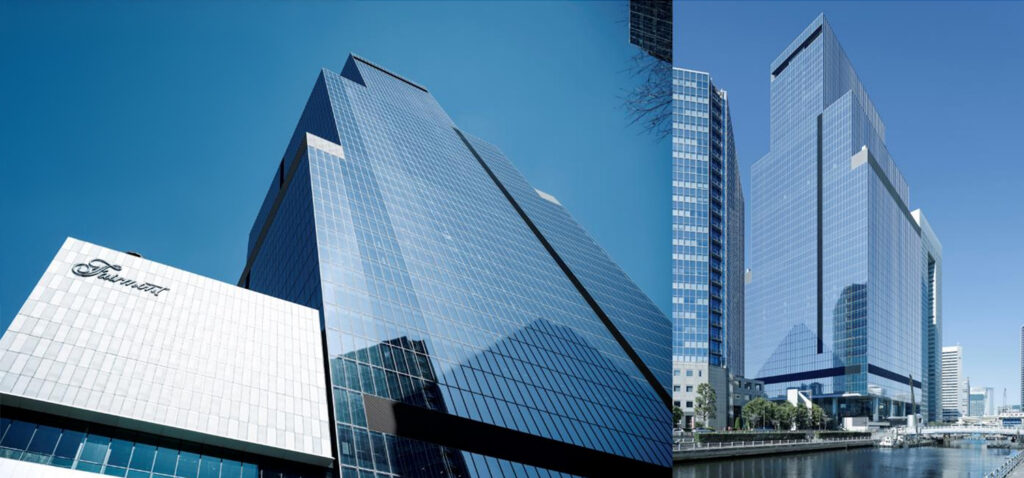
Just a short walk from the World Trade Center, another massive project is taking shape. BLUE FRONT SHIBAURA will add two towers to the skyline, each around 230 meters tall. Tower S opens in February 2025, while Tower N follows in 2030.
Tower S brings something special to the area – Japan’s first Fairmont Hotel. Opening in July 2025, this luxury hotel will occupy the upper floors, offering another high-end option for visitors. The middle floors provide office space with a twist. Called “TOKYO WORKation,” these offices blend work areas with natural elements, creating spaces where people actually want to spend time.
The ground level connects everything with the GREEN WALK, a tree-lined pathway that makes walking between buildings pleasant even in summer heat. Food halls and shops will line this route, turning daily commutes into opportunities to grab dinner or meet friends.
What makes this project stand out is its scale. With 550,000 square meters of total floor space, it’s like adding a small city within the city. The mix of uses means the area stays active all day – office workers during business hours, shoppers in the evening, and hotel guests around the clock.
See this article by one of the key developers of BLUE FRONT SHIBAURA -> Here
Better Connections for Everyone
Getting around Hamamatsucho is about to become much easier. The Tokyo Monorail station renovation, finishing in 2029, will modernize one of the area’s key transport links. But the real game-changer is the new Station Core concept.
Instead of separate stations that barely connect, the Station Core creates one seamless space. Passengers can move between JR trains, the monorail, subway lines, and buses without going outside. For anyone carrying luggage or traveling with kids, this makes a huge difference.
New pedestrian bridges and covered walkways mean you can walk from building to building without dealing with traffic or weather. Barrier-free design ensures everyone can navigate easily, whether they’re using wheelchairs, pushing strollers, or just pulling suitcases.
The improvements extend to the streets too. Wider sidewalks, better lighting, and clear signage make the area more walkable. Green spaces break up the concrete, providing places to rest or eat lunch outside.
What This Could Mean for Property Values

When an area gets this much investment, property values typically follow an upward path. Hamamatsucho has several factors working in its favor that could drive prices higher over the coming years.
First, the improved transport links make homes here more valuable. Direct airport access matters to international buyers and renters. Being able to reach Haneda in 15 minutes or Narita in under an hour opens up the area to people who travel frequently for work or pleasure.
The arrival of luxury hotels signals confidence in the area’s future. Raffles and Fairmont don’t choose locations randomly – they go where they expect wealthy visitors to stay. This brings more high-end shops and restaurants, which in turn makes the area more desirable for residents.
Office development drives residential demand too. The thousands of new office workers need places to live, and many prefer short commutes. As more companies move to Hamamatsucho’s modern offices, competition for nearby apartments could push rents and sale prices up.
The quality of new developments also lifts the whole area. When people see twin 230-meter towers with luxury hotels and high-spec offices, it changes how they think about the neighborhood. Areas that once seemed ordinary become exciting places to live and invest.
Historical patterns in Tokyo support this view. When Roppongi Hills opened in 2003, surrounding property values rose significantly. The same happened in Marunouchi after its redevelopment. While past performance doesn’t guarantee future results, the scale of investment in Hamamatsucho suggests similar potential.
For investors, the timeline creates opportunities. With projects completing in stages through 2030, there’s time to enter the market before the full transformation completes. Early buyers might benefit most as each new opening adds value to the area.
Living in Tomorrow’s Hamamatsucho
Beyond the numbers and investment potential, what will it actually feel like to live here? The plans suggest a neighborhood that works for different lifestyles.
For families, the new parks and pedestrian areas create safe spaces for children. The mix of shops means daily shopping stays convenient. Good schools nearby and easy access to other parts of Tokyo make it practical for raising kids.
Young professionals will find the kind of urban lifestyle Tokyo is famous for. Late-night restaurants, convenient gyms, and easy access to nightlife areas like Roppongi and Shibuya appeal to this group. The modern apartments in new buildings offer the amenities they expect.
International residents benefit from the multilingual medical center and global hotel brands that understand foreign guests’ needs. The area’s growing international community makes it easier to settle in and find familiar products and services.
Retirees will also find Hamamatsucho appealing. The barrier-free design, medical facilities, and mix of quiet residential streets with busy commercial areas offer both peace and convenience.
Timing Your Move
If you’re thinking about Hamamatsucho, timing matters. Each project milestone brings changes to the area:
February 2025: Tower S opens at BLUE FRONT SHIBAURA. This first major completion will show how the area’s transformation really looks and feels.
July 2025: Fairmont Hotel welcomes guests. The arrival of luxury hospitality changes the area’s character and attracts new visitors.
2027: World Trade Center Main Wing completes. With Raffles Tokyo and major office space, this marks Hamamatsucho’s full arrival as a business and tourism hub.
2029: Tokyo Monorail station renovation finishes. Better transport connections make the area even more accessible.
2030: Tower N at BLUE FRONT SHIBAURA completes the transformation. The neighborhood reaches its full planned potential.
Each milestone could affect property prices and availability. Early movers might find better deals but live through construction. Those who wait get the finished product but might pay more for it.
Looking Ahead
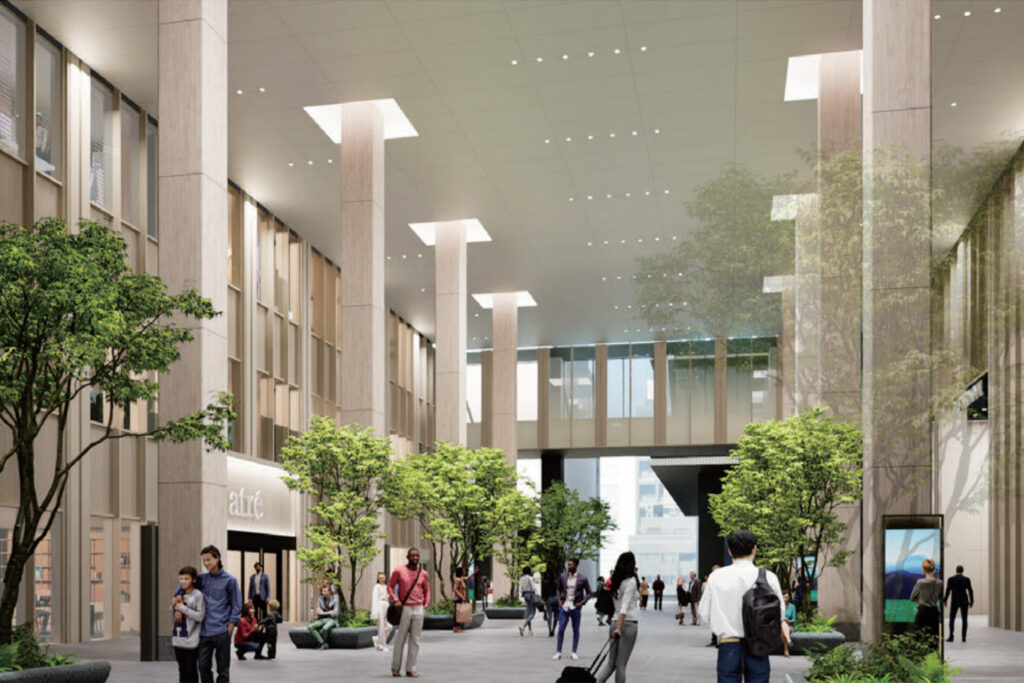
Hamamatsucho’s transformation represents something bigger than just new buildings. It shows how Tokyo continues reinventing itself, creating neighborhoods that work better for how people live today.
The mix of uses – offices, homes, hotels, and shops – creates resilience. If one sector struggles, others keep the area vibrant. This mixed-use approach has proven successful in other Tokyo redevelopments and looks set to work here too.
International connections matter more than ever, and Hamamatsucho gets this right. From airport access to multilingual services, the area welcomes global residents and visitors. This international focus should help maintain demand even as Japan’s population changes.
Environmental features like the GREEN WALK and energy-efficient buildings meet growing demand for sustainable living. Younger buyers especially value these features, suggesting long-term appeal.
Making Your Decision

Whether you’re looking to buy, rent, or invest, Hamamatsucho offers compelling opportunities. The area’s transformation from transport hub to mixed-use destination creates potential for both residents and investors.
For investors, the staged development creates multiple entry points. Each project completion could trigger price movements, offering chances to buy or sell strategically.
Navigating this changing market works best with experienced guidance. Housing Japan, celebrating 25 years in Tokyo’s real estate industry this year, knows how these transformations unfold. Their multilingual staff can explain the nuances of each development phase and help you find properties that match your timeline and budget. Beyond just finding a property, their management services mean investors can buy with confidence, knowing their investment is professionally maintained.
Whatever you decide, Hamamatsucho deserves serious consideration. Few areas in Tokyo are seeing this level of coordinated development. The combination of location, transport, and new facilities creates a unique opportunity in Tokyo’s real estate market.
Conclusion
Hamamatsucho is writing its next chapter, and it’s an exciting story. From the soaring towers of the World Trade Center to the connected spaces of BLUE FRONT SHIBAURA, this transformation touches every aspect of urban life.
For those watching Tokyo’s property market, Hamamatsucho represents both opportunity and change. The area’s evolution from business district to mixed-use neighborhood opens doors for different types of buyers and renters. With better transport, world-class hotels, modern offices, and thoughtfully designed public spaces, it’s becoming the kind of place where people want to spend time, not just pass through.
The next few years will be crucial. As each project completes, we’ll see whether Hamamatsucho fulfills its promise. Based on the scale of investment and quality of planning, the signs look positive.
If you’re ready to explore what Hamamatsucho could offer you, Housing Japan can help make sense of the opportunities. With a quarter-century of experience in Tokyo real estate and a team that speaks your language, they understand both the big picture and the small details that matter. Whether you’re buying your first Tokyo property or adding to an investment portfolio, their expertise in sales and property management ensures you make informed decisions.
For anyone considering their next move in Tokyo, this transforming neighborhood deserves a close look. The window to get in before the full transformation completes won’t stay open forever. Contact Housing Japan today to discover available properties in Hamamatsucho and see how this exciting area could become part of your Tokyo story.
Source: tokyo-monorail.co.jp (JP only)

